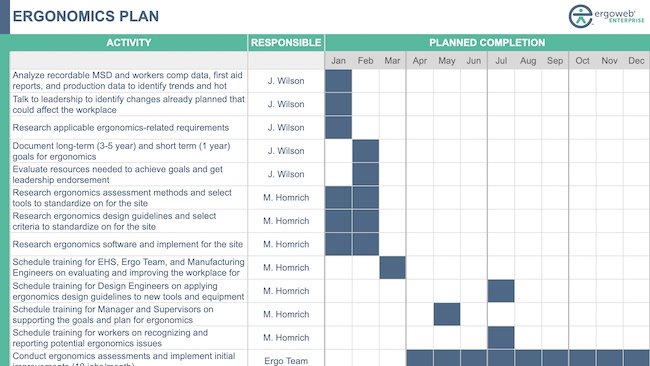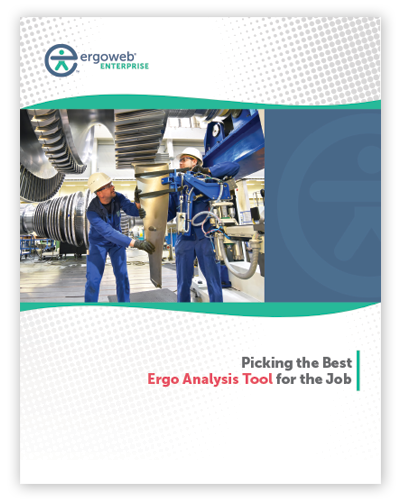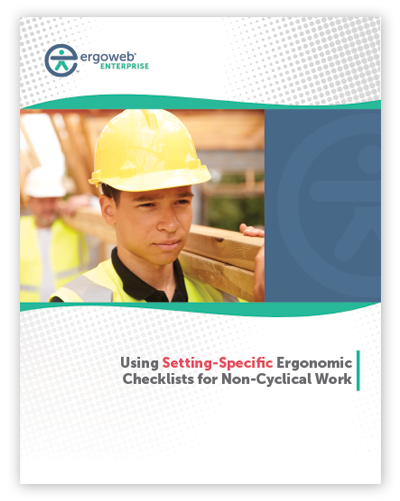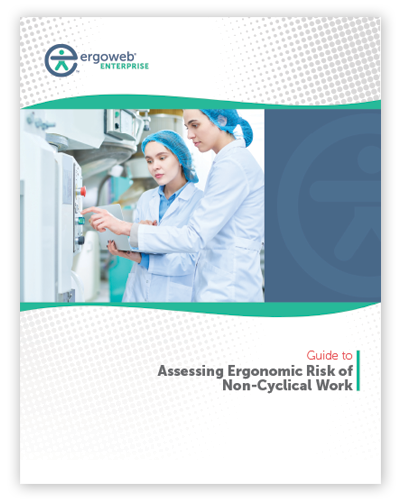Ergoweb® Learning Center
We’ve published and shared thousands of ergonomics articles and resources since 1993. Search by keyword or browse for topics of interest.
Downloadable Guides
Browse Open Access Articles
May 4, 2011
This year Latvian Ergonomics Society (LES) celebrates 5th anniversary. Over the past five years LES has unified more than 50 members of various professions, published many books, booklets and guidelines in ergonomics field that has stimulated ergonomics scientific and practical development in Latvia as well as understanding in society about ergonomics significance in human quality of life.
May 4, 2011
There's been a lot of talk lately about ergonomic product certification, and Peter Budnick takes readers on a tour of the topic, drawing from work he's done on the question over the last 10-15 years. In this article, Part 1 in a series, he shares insightful video of interviews he conducted with consumers on the questions of "what does ergonomics mean" and "what would an 'ergonomically designed' label mean to you?" He also shares examples of how other industries have developed certifications, why industries need credible certification systems, and how that might come about for the field of ergonomics.
April 21, 2011
Workplace ergonomics takes a beating in the USA State of Michigan as the legislature and governor pass a new law prohibiting the promulgation of ergonomics related workplace standards. Is it time for the ergonomics community to finally put politics aside and focus on proving our value to society?
April 20, 2011
Forensics is yet another area of practice through which ergonomists and human factors engineers contribute to making the world a better place. Peter Budnick reviews and highlights several articles from the just released special issue of Ergonomics In Design (a quarterly from the Human Factors and Ergonomics Society), which deals entirely with forensics as an applied specialization within the human factors and ergonomics profession.
April 7, 2011
Current chair testing protocols called for in USA industry standards from BIFMA/ANSI are based on criteria that is decades old, and does not include the effects of modern computer based office work, nor the significant trend of increasing weight among the adult working population. Texas A&M researchers Benden, Fink and Congleton conducted an in situ study of user habits that affect office chair design (in situ -- meaning they tested participants in actual chair use in real office conditions). Based on their results, the authors provide specific recommendations for updating existing testing standards, and for developing new standards specifically for emerging Heavy Duty and Bariatric Office Seating standards.
April 6, 2011
There's been a lot of talk within the ergonomics community lately about the use of the word "ergonomic(s)" or "ergonomically designed" in product marketing claims. There's an evolving consensus that the ergonomics community "needs to do something," but what exactly needs to be done to protect the public from dubious or false claims remains to be seen. Peter Budnick reviews a variety of products being marketed as ergonomic and poses some interesting questions to stimulate your thoughts.
March 23, 2011
March 17, 2011
In work funded by the Office Ergonomics Research Committee (OERC), Canadian researchers Berolo, Wells and Amick performed an epidemiological study to investigate the prevalence of upper body musculoskeletal pain in mobile device users. According to the researchers, "this is the first study to provide empirical evidence of relationships between mobile device use and musculoskeletal symptoms of the upper extremity and neck." Further, "our results show a consistent relationship between mobile device use and pain in the ..."
March 9, 2011
This is the final article in a series started by guest contributor Ian Chong. In the first two articles Ian shares the thought process he and an informal task force of professionals and users from various backgrounds as they debated the merits of using a fitness / exercise ball as a substitute for an office task chair, or more specifically, the merits of calling such an intervention 'ergonomic'. The series continues to generate a great deal of interaction and comment from the Ergoweb Community and beyond. Read on to learn their conclusions ...






